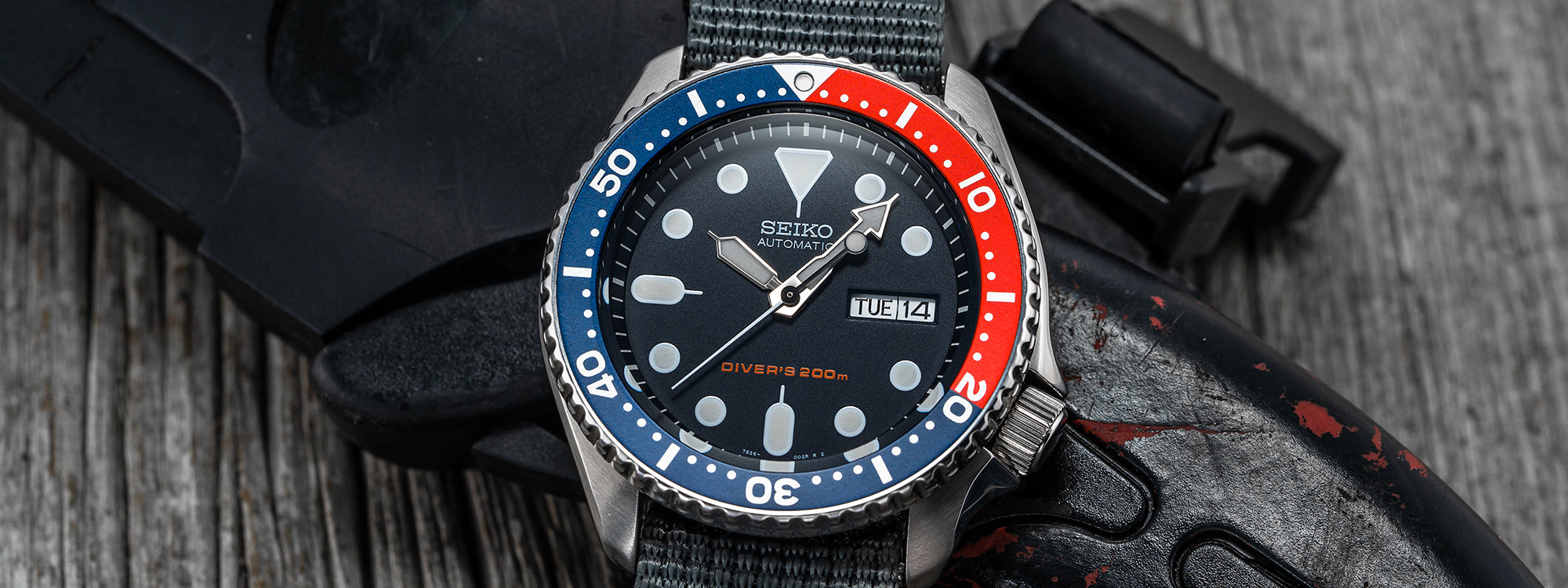Seiko SKX: A Review of the Legendary Japanese Diver

Join the Conversation
Create an account to share your thoughts, contribute to discussions, and connect with other watch enthusiasts.
Or Log in to leave a comment
Your destination to learn watches, connect with enthusiasts, and buy your next watch.
We just redirected you to the best site experience based on your location. If you still want to go to the previous country, you can select it in the international menu.

























































0 Comments